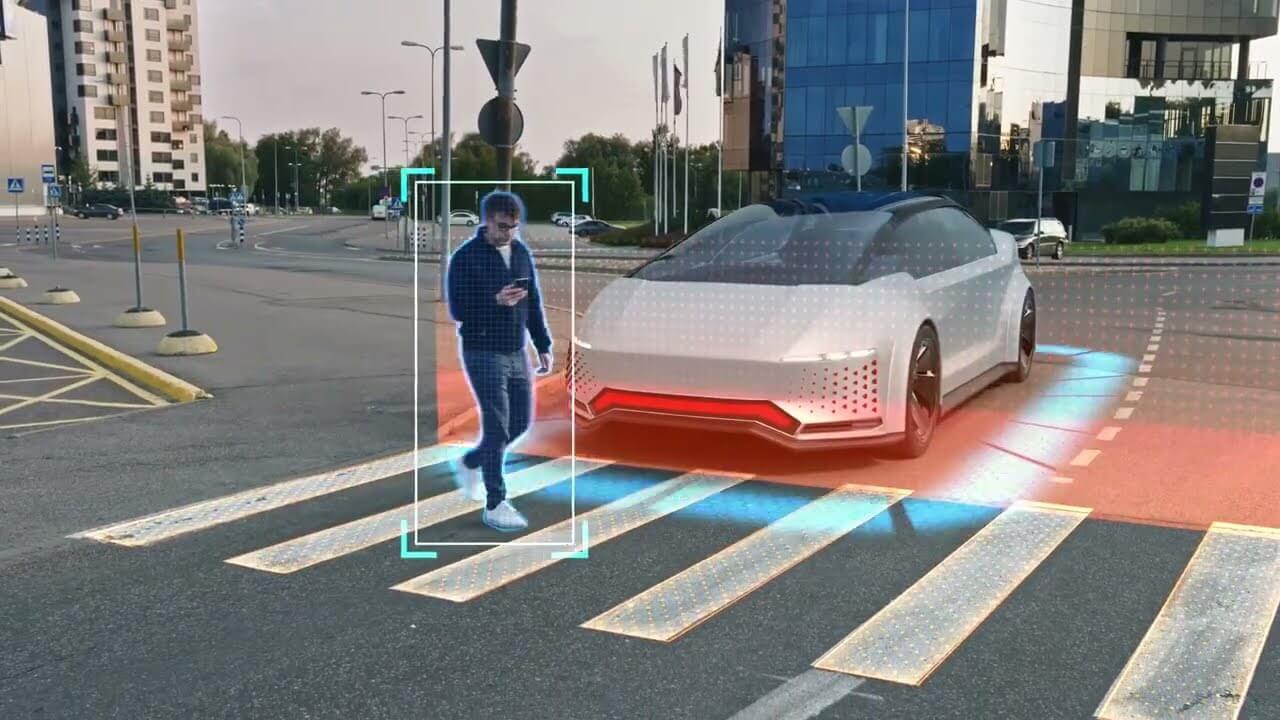Pedestrian safety is a growing concern in urban planning, especially in cities with heavy traffic or high pedestrian density. One critical aspect of pedestrian safety is the use of mid-block crosswalks, which offer a safer and more convenient way for pedestrians to cross busy roads without having to walk to an intersection. However, the usage and effectiveness of mid-block crosswalks vary depending on factors like city size and regional characteristics. New data provides valuable insights into optimizing pedestrian safety, focusing on how these crosswalks can be better designed and managed to enhance safety across different urban areas.
Understanding the Importance of Mid-Block Crosswalks
Mid-block crosswalks provide pedestrians with a safe way to cross streets between intersections, particularly in areas where intersections are spaced too far apart or in dense urban environments. They help reduce the distance pedestrians need to walk, encouraging them to cross safely without unnecessary detours. Well-placed mid-block crosswalks can decrease pedestrian accidents and improve overall traffic flow by reducing jaywalking.
Variations in Mid-Block Crosswalk Usage by City Size
New data shows that mid-block crosswalk usage varies significantly by city size. In larger metropolitan areas, where intersections are often spaced farther apart, pedestrians are more likely to use mid-block crosswalks for convenience and safety. These areas may also have higher pedestrian traffic, which increases the demand for safe crossing points. In contrast, smaller towns or suburban areas tend to have fewer mid-block crosswalks, and pedestrians often rely on intersections for crossing. As a result, urban planners must tailor their strategies for mid-block crosswalk implementation according to city size and pedestrian flow.
Regional Differences in Pedestrian Safety and Crosswalk Usage
Different regions face varying pedestrian safety challenges based on local traffic patterns, infrastructure, and pedestrian behavior. For example, regions with high pedestrian density and urban sprawl, such as parts of the Northeast and West Coast, may require more mid-block crosswalks due to the heavy foot traffic and longer distances between intersections. On the other hand, regions with more suburban landscapes, like the Midwest, may find that mid-block crosswalks are less necessary, as pedestrians generally rely more on intersection crossings. Understanding regional needs is essential in designing crosswalk solutions that meet the specific safety challenges of each area.
Enhanced Mid-Block Crosswalk Design for Safety
To optimize pedestrian safety, cities should focus on designing mid-block crosswalks that are clearly visible and easy for both pedestrians and drivers to navigate. This includes using bright, reflective paint, installing flashing beacons, and ensuring that crosswalks are well-lit during nighttime. Additionally, adding traffic calming measures such as raised crosswalks, curb extensions, or bollards can slow down vehicles and give pedestrians a safer environment to cross. Ensuring that these crosswalks are placed at strategic locations, close to popular destinations or public transit stops, also increases their effectiveness.
Integration of Technology to Improve Safety
Technology plays an increasingly important role in optimizing pedestrian safety at mid-block crosswalks. New innovations, such as pedestrian detection sensors, can trigger traffic signals or flashing lights when someone is about to cross, alerting drivers to slow down. This technology not only improves safety but also encourages pedestrians to feel more confident using these crossings, knowing that they are actively being monitored. Cities can also use data analytics to track pedestrian usage patterns and identify high-risk areas where additional safety measures may be needed.

Community Engagement and Education
Improving pedestrian safety through mid-block crosswalks requires collaboration between city planners, local governments, and residents. Community engagement is key to understanding pedestrian behaviors and ensuring that new safety features are effectively utilized. Public education campaigns can raise awareness of the importance of using mid-block crosswalks and how to cross safely. These campaigns should focus on educating both pedestrians and drivers about their roles in creating safer streets.
Addressing Pedestrian Safety in High-Risk Areas
Certain areas, such as school zones, shopping districts, or areas with heavy commercial traffic, are more prone to pedestrian accidents. In these locations, mid-block crosswalks should be prioritized and designed with additional safety measures. Features like traffic signals, pedestrian islands, and visible signage help make mid-block crosswalks safer in high-risk areas. Targeting these areas for improvement ensures that vulnerable pedestrians, such as children and the elderly, have safer options for crossing busy streets.
Collaborating with Urban Design Experts
Urban designers and planners can help enhance pedestrian safety by integrating mid-block crosswalks into a broader transportation strategy that includes safer roads, efficient public transit options, and pedestrian-friendly infrastructure. By working with experts in urban planning, cities can create environments where walking is safe, efficient, and desirable. This holistic approach to transportation can reduce traffic accidents and encourage more people to walk rather than rely on cars, contributing to a healthier, more sustainable city.
Continuous Monitoring and Adjustments
Finally, continuous monitoring of mid-block crosswalk usage and pedestrian safety is essential. As cities grow and traffic patterns change, it’s important to reassess and adjust the placement of crosswalks to meet evolving needs. Using real-time data from traffic cameras, sensors, and pedestrian counters, authorities can track where accidents are occurring and adjust their strategies accordingly. This proactive approach ensures that pedestrian safety remains a top priority as cities continue to develop.
In conclusion, optimizing pedestrian safety, especially through the strategic placement and design of mid-block crosswalks, is essential for fostering safer, more walkable communities. By understanding the impact of city size, regional differences, and technological innovations, cities can implement solutions that effectively address the needs of pedestrians, reduce accidents, and promote a more pedestrian-friendly environment.



